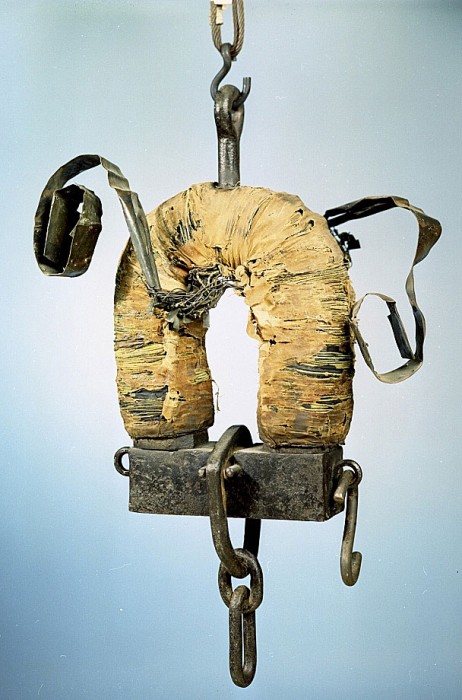A Smithsonian dilemma
Scientist Joseph Henry became the first Smithsonian Secretary 167 years ago today, on December 3, 1846. Although today’s discoveries may have outstripped Henry’s imagination, he would notice that one thing about scientific investigation hasn’t changed. Scientists grapple with tension between two types of research: applied research that attempts to solve specific real-world problems vs. pure research that is conducted to advance knowledge without a particular application in mind. (More on those definitions here.) Smithsonian Fellow Merri Lisa Trigilio Ph. D., introduces her new video on Henry’s debate on this tension and its connections to today in a post originally published by the American History Museum’s blog, “O Say Can You See?”
“The incessant call in this country for practical results and the confounding of mechanical inventions with scientific discoveries has a very prejudicial influence on science… A single scientific principle may include a thousand applications and is therefore though if not of immediate use of vastly more importance even in a practical view.” – Joseph Henry, Presidential address to the American Association for the Advancement of Science
My initial impulse in making this film about Smithsonian Secretary Joseph Henry was to focus on the tension between pure science and applied science that promises to be financially rewarding. As early as 1852, Henry was challenged by Senator Stephen A. Douglas over funding for agricultural technology vs. funding for pure research which, at the time, included topics such as electromagnetism, anthropological studies, marine algae, and the budding science of optics.
Joseph Henry: Champion of American Science
I have grappled with this tension in my own scientific career as a geo-scientist. When I was pursuing my Ph.D., I wondered if the research I was doing on river systems was something that would impact anyone other than the small percentage of scientists that had the same intellectual heritage. Not even my office mates were immersed in the minutia of how mixed-bank channels erode their banks.
While the system for funding research is much more complex today, the peer review system, which is the basis of verifying scientific worthiness (and ultimately funding), was initiated by Henry. Not only was Henry the Secretary of the Smithsonian, he became the second president of the National Academy of Sciences in 1863. In all his work, his mission was to bolster the quality and prestige of the scientific community in the United States.

Carte de visite. Joseph Henry’s signature is in ink at bottom. (Photo by Thomas William Smillie, 1843-1917)
As I read more about Henry and interviewed Smithsonian curators about him, I realized that Henry recognized the technological potential of his ideas of electromagnetism with regards to the telegraph and the telephone, but disdained the idea of taking out a patent. Today, scientists are quite aware of the potential economic value of discoveries made in basic research and are more likely than not to be part of a multidisciplinary team engaged in the development of the technology and obtaining financial benefits. Funding agencies recognize this and encourage this type of cooperative approach.
In spite of the tension between pure and applied research that existed in the nascent scientific community in the early 19th century, Henry vigorously championed the increase in knowledge and the vocation of the scientist doing basic research. He compared the scientist involved in fundamental research as an ascetic or poet who must acquire knowledge, but also cultivate the imagination.
It was this immense curiosity and imaginative nature of the man that I most wanted to capture in the documentary. And in the spirit of this intense passion and curiosity, I wanted to focus on the idea that science and technology is a continuum that can result in surprising and unintended applications many years later, such as the 3D visualizations of the Smithsonian’s “Laser Cowboys,” the Smithsonian Digitization Program Office working on providing access to Smithsonian collections in 3D. Scientists and technologists today are advancing both basic research and applied science in amazing and novel ways, many of which lead back to some of Henry’s early inspirations.

Joseph Henry’s Yale magnet, showing windings and conductors for connection to the battery. Before becoming Secretary of the Smithsonian, Joseph Henry made a large electromagnet for demonstrations to students at Yale University. The 82.5-pound magnet proved capable of supporting more than 2,000 pounds.
Merri Lisa Trigilio, Ph.D., co-writer/director and producer of “Joseph Henry: Champion of American Science,” is a former fellow with the New Media Department at the National Museum of American History. She is currently working on another documentary film about water shortages in the High Plains region.
Posted: 3 December 2013



